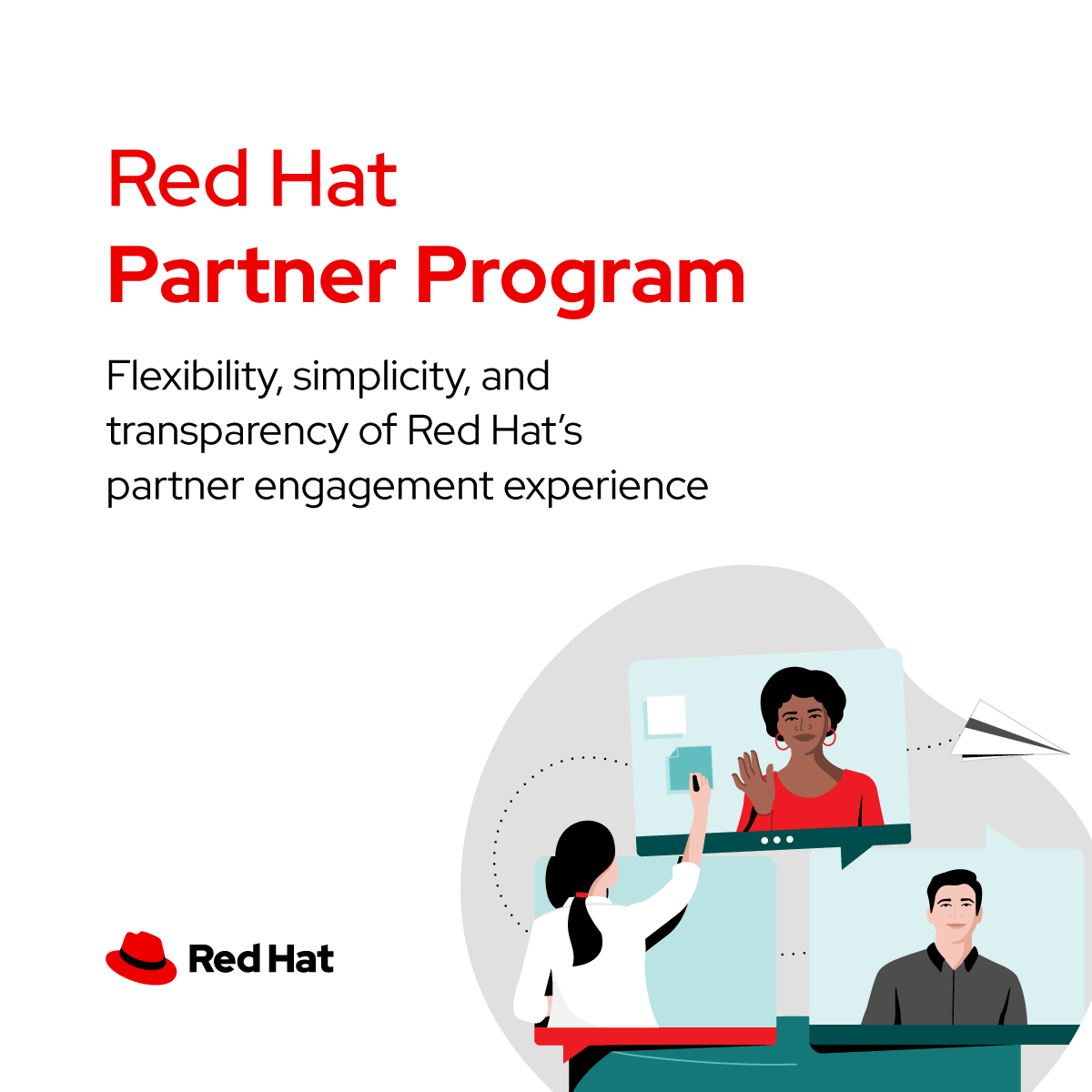As the technology landscape continues to evolve rapidly, the success of hyperscaler vendors hinges significantly on the strength and effectiveness of their partner ecosystems. For partners navigating the complexities of multiple vendor relationships and an increasingly demanding customer base, the portals and tools these vendors provide are not just administrative interfaces - they are critical enablers of profitability and growth. Against this backdrop, Google Cloud's new Earnings Hub, launched at Google Cloud Next Partner Summit, is a compelling example of what a truly partner-centric platform can achieve, setting a new benchmark that other vendors would emulate.
My analysis suggests that Google Cloud's Earnings Hub is not merely an incremental update but a significant leap forward in providing partners with the visibility, insights, and tools necessary to thrive. It directly addresses partners' long-standing pain points and offers a glimpse into the future of vendor-partner collaboration, heavily leveraging data and artificial intelligence.
Google Cloud has consistently been at the forefront of innovation, providing cutting-edge solutions to meet the diverse needs of businesses worldwide. One of its latest advancements, the Google Cloud Earnings Hub, is a testament to its commitment to empowering partners and driving mutual success. This comprehensive platform is designed to streamline partner engagement, enhance visibility, and provide actionable insights, making it far ahead of many other partner hubs in the industry. In this analysis, I will delve into the features, functionalities, and advantages of the Google Cloud Earnings Hub, exploring the challenges it addresses for partners in vendor and customer engagements.
The Google Cloud Earnings Hub is a centralized platform that serves as a one-stop shop for all partner-related information and activities. Launched to foster transparency, collaboration, and growth, Earnings Hub offers a range of tools and resources that enable partners to maximize their earnings, optimize their strategies, and enhance their overall performance. Whether it's accessing funding programs, rebates, credits, or discounts, Earnings Hub provides partners with a holistic view of their financial incentives and opportunities.
Critically, recent Techaisle global channel partner surveys, encompassing 2500 partners, underscore key partner requirements for vendor portals. The data reveals that 62% of partners desire an action-oriented portal, enabling them to take direct steps based on the information presented. Furthermore, 57% are actively seeking portals that facilitate robust performance tracking, allowing them to monitor their progress and identify areas for improvement. Additionally, 49% emphasize the need for complete visibility into their relationship with the vendor, including financial performance and program status. Google Cloud's Earnings Hub directly addresses these fundamental partner needs by providing actionable insights, comprehensive performance tracking capabilities, and complete financial visibility.












